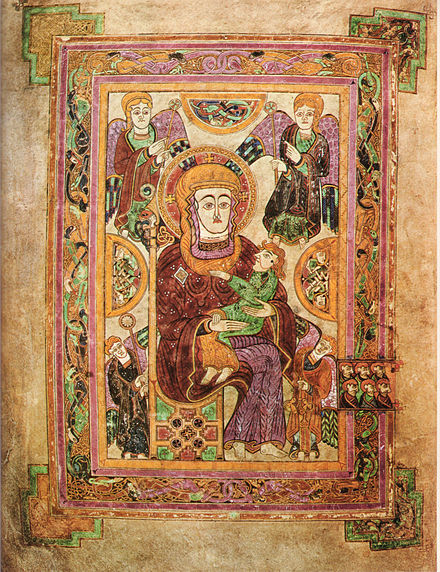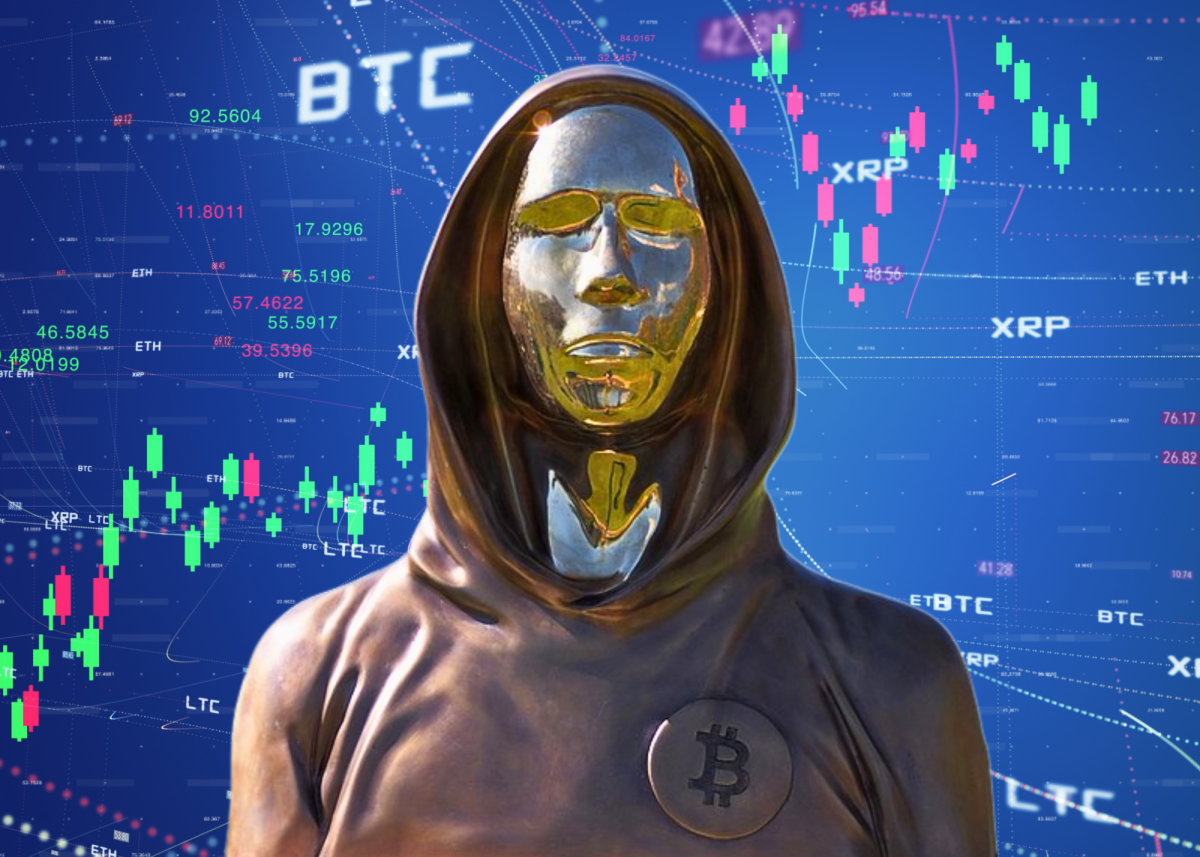Satoshi Nakamoto, Bitcoin’s founder, or perhaps a group of founders, could be absolutely anyone. Well, maybe not just anyone. Whoever they are, a group or one singular person, had the brilliance to create the largest cryptocurrency known today. Since Bitcoin is synonymous with the cryptocurrency movement, it seems nearly impossible that its creator remains unknown to the public, even seventeen years later.
Yet, that’s precisely the case, with Satoshi even ceasing all communications in 2011, disappearing from online crypto forums and correspondence with known collaborators. Despite his (as Satoshi is presumed, but unconfirmed to be, male) clear want for anonymity, Internet sleuths and reporters alike have spent years throwing out possibility after possibility, but never quite cracking the case of Satoshi Nakamoto’s true identity.
It’s best to start with the origins of Bitcoin itself, the arguably most representative of Satoshi’s skills and inferred ideals. Introduced in 2008 as a response to the recent financial crisis, Bitcoin’s stated purpose was to create a digital currency that removed the role of a third party, such as a bank or payment processor, in a monetary transaction. The system is built on a foundation of cryptographic proof in the form of a blockchain reviewed by a peer-to-peer network of computers running the open-source Bitcoin software.
Involved from the very beginning, Satoshi and fellow cypherpunks (activists and technological developers who advocate for increased digital privacy and encryption through cryptography and code) patched bugs and made improvements to the program. However, one of the key issues preventing digital currency from becoming a practical system of payment was that there was no way to prevent someone from double-spending, or, in simple terms, duplicating the currency’s data file and using the same bitcoin multiple times.
Satoshi was the first to solve this problem, stating in the white paper, “Bitcoin: A Peer-to-Peer Electronic Cash System”: “[W]e propose a solution to the double-spending problem using a peer-to-peer distributed timestamp server to generate computational proof of the chronological order of transactions. The system is secure as long as honest nodes collectively control more CPU power than any cooperating group of attacker nodes.” This solution enables a trustless method of transaction, aligning closely with the ethos of cypherpunks and providing a viable solution to the lack of trust in federal banks.
One of the most defining facets of Bitcoin’s design is that it is entirely decentralized. There is no controlling CEO. No company behind the coin. Only code, and a global network of developers and users, who, at any time, can review the open-source software. According to the journal article, Bitcoin: Economics, Technology, and Governance, this “avoids concentrations of power that could let a single person or organization take control. It often promotes availability and resiliency of a computer system, avoiding a central point of failure.”
In a way, Satoshi’s anonymity and disappearance support Bitcoin’s core philosophy: to provide a means of making transactions without requiring a central authority. Experts speculate that even having a face to the Bitcoin name, which in itself is a system so intrinsically decentralized, would create distrust and disorder. To many, the mystery of Satoshi Nakamoto is enough to fuel their hope in a user-driven model of monetary governance, one where a leader is inessential. And while politics and economics have always been intertwined, the creation of Bitcoin aims to change that, or at the very least, provide those who value data encryption with an option to be outside their country’s fiat currency.
The concept of such a large software belonging to anyone and everyone who chooses to be a part of this new technological frontier is novel. It’s hard not to consider the implications of Bitcoin’s success, which could have been one of Satoshi’s original goals: to spark conversations about why we, the people, should be in control rather than relying on more traditional financial institutions. His absence as a leader lends to this, and will continue to do so, barring the day when more information about him may come to light.
As to theories for who Satoshi could be, there is no shortage of rabbit holes to fall down. Despite the name’s implications, some people suspect that Satoshi is not of Japanese descent. Analyses of his forum posts and messages have shown him to use British spelling of certain words, and researchers have even narrowed in on possible time zones for the Bitcoin founder, listing GMT and EST as leading contenders. None of this is concrete evidence, of course, and since Satoshi clearly wanted to maintain a private life, he could have easily been purposefully misleading in his online activity.
Some popular theories regarding his identity include Hal Finney, a cypherpunk and an early contributor to Bitcoin. Sadly, he passed away in 2014 due to ALS. For a Forbes interview with Andy Greenberg in the year prior to his death, Finney firmly stated in an email to Greenberg that, “As for your suspicion that I either am or at least helped Satoshi, I’m flattered but I deny categorically these allegations. I don’t know what more I can say.” That said, many still believe Finney to be Satoshi due to similar writing patterns.
In 2014, Newsweek falsely accused Dorian Nakamoto, whose birth name is Satoshi Nakamoto, of being the Bitcoin founder. Replying to the claim in a written statement, Dorian said, “I did not create, invent or otherwise work on Bitcoin. I unconditionally deny the Newsweek report.” A curious fact, however, is that Dorian Nakamoto and Hal Finney lived in the same town for over ten years, prompting a flurry of rumors. Ultimately, the common consensus is that Dorian is not Satoshi, due to his lack of background in blockchain technology and writings that do not match Satoshi’s style.
Another discussed identity for Satoshi is Nick Szabo, a cryptographer and the creator of Bit Gold, an early venture aimed at forming a decentralized currency. Satoshi cites Bit Gold as providing central inspiration for Bitcoin, connecting the two yet again. But despite the parallels between the formation of both programs, Szabo has denied being Satoshi on several occasions. Whoever Satoshi really is appears to have decided to let the mystery surrounding him continue, rather than potentially facing the numerous problems that could arise if his identity were to be revealed.
According to Arkham Intelligence, a blockchain analysis program, Satoshi owns over 1 million bitcoins, which would make his net worth an estimated $122 billion. And yet, as far as cryptoanalysts can tell, Satoshi has not spent a dime of his massive fortune. If he had, the transparent blockchain system would have recorded it as coming from wallets with the “Patoshi Pattern,” a style of mining attributed to the Bitcoin founder from 2009 to 2010. Speculating that no person could resist the alluring treasure trove of bitcoins, some people think that Satoshi may have burned the private keys to his wallets, making it impossible for him ever to withdraw the money. And while that is a widespread belief, others still raise the possibility that Satoshi may have passed away years ago, leaving no reason for the bitcoins to be accessed.
In a scenario where Satoshi moves the bitcoins or sells them for fiat currency, there would be instant ripple effects across the global crypto market. If he chooses to sell them, the market would be flooded with bitcoins, which would dramatically lower their value and cause investors to second-guess their positions. Similarly, Satoshi moving his bitcoins would likely trigger a stampede of panicked sellers, crashing the market and dropping the base bitcoin price.
Assuming that Satoshi reveals his identity along with these bitcoin exchanges, this theorizing does not even begin to cover the cultural shock of there now being a face to the term “Bitcoin”. The often adverse outcomes seem to argue for the continuance of anonymity from Satoshi, with reasons ranging from him having to make heavy tax payments to governments setting in motion legal investigations into the founder. It also raises the question of Satoshi’s role in Bitcoin’s future. Would he act as a powerless figurehead? Or choose to attempt to live his life separate from his creation? The possibilities are truly endless.
Thus, even as Bitcoin continues to power ahead, setting record highs for cryptocurrencies, the lack of information regarding Satoshi’s identity has remained unchanged. Although many in the crypto community believe it is better this way, expressing that Satoshi is represented in all Bitcoin users. Even still, as long as the concept of Satoshi continues to prove to be an intriguing subject for articles and internet dwellers alike, it’s unlikely that the theories will ever dry up completely. In the meantime, we can still respect and admire the work of Satoshi Nakamoto, carrying on his legacy through the implementation of his creation.






































